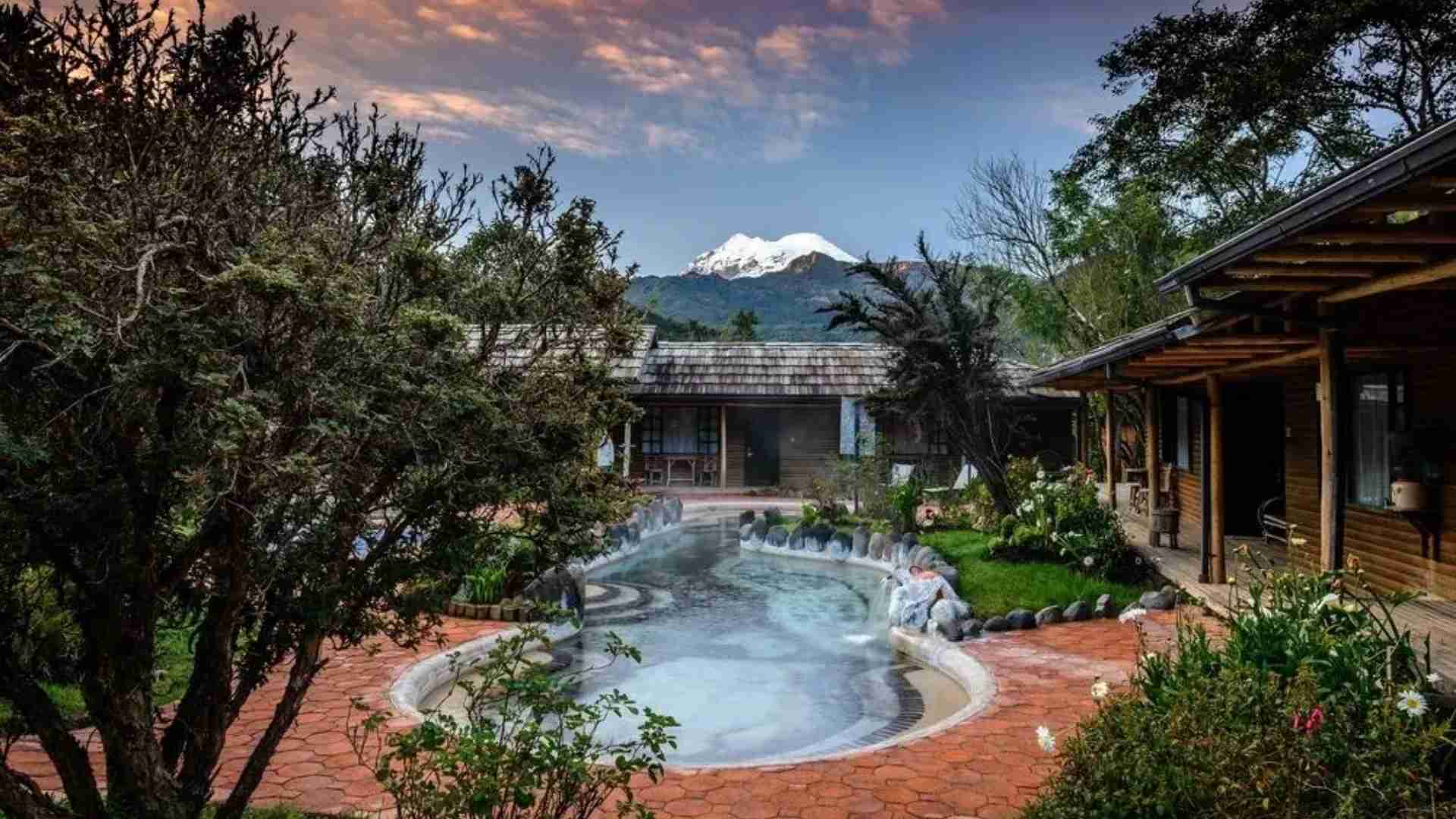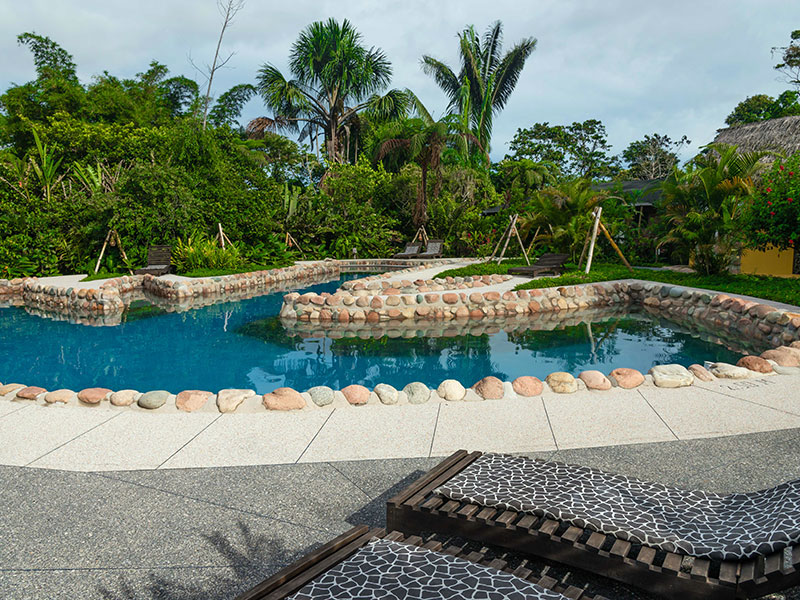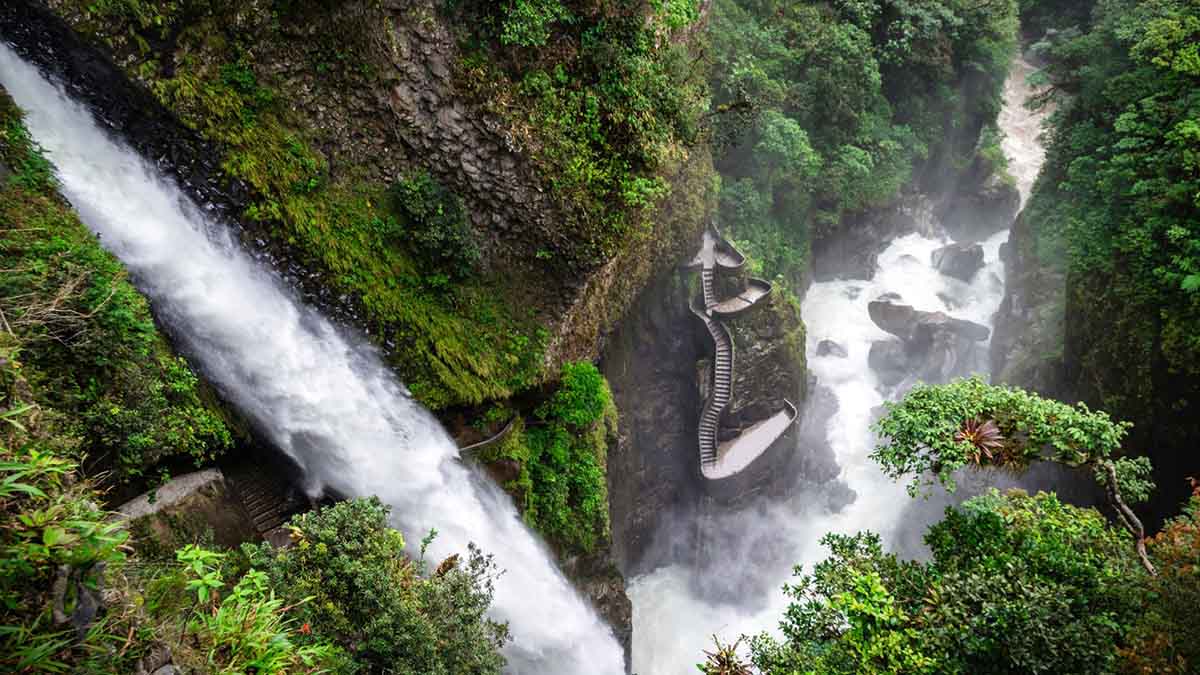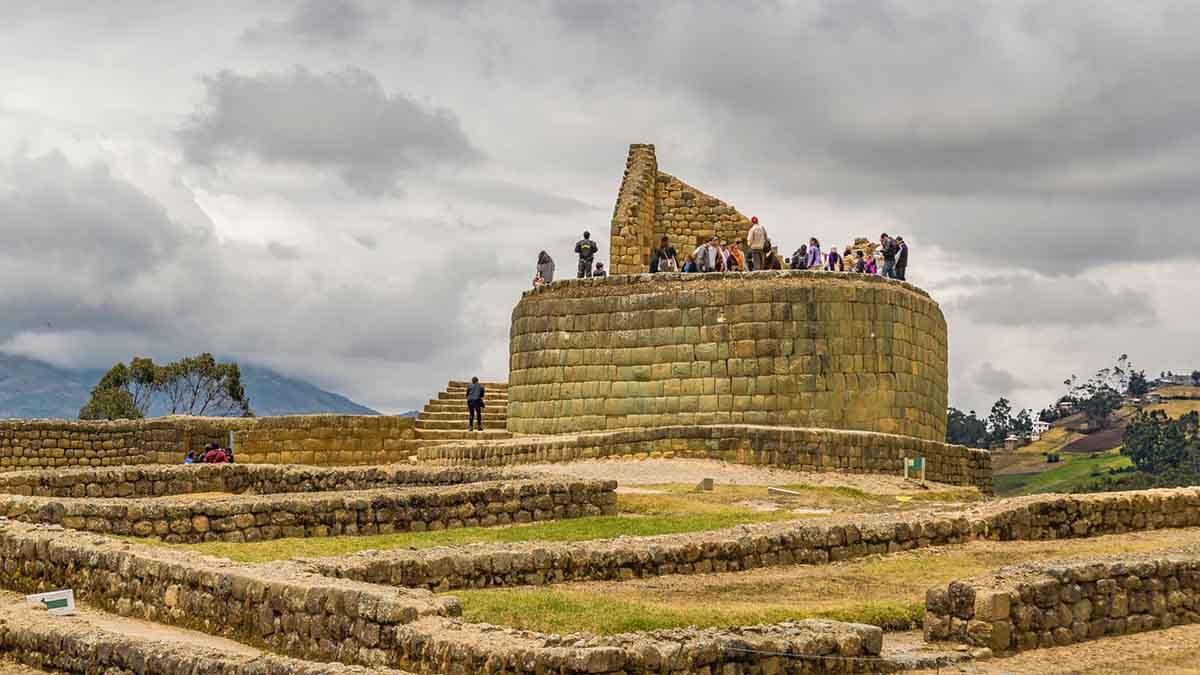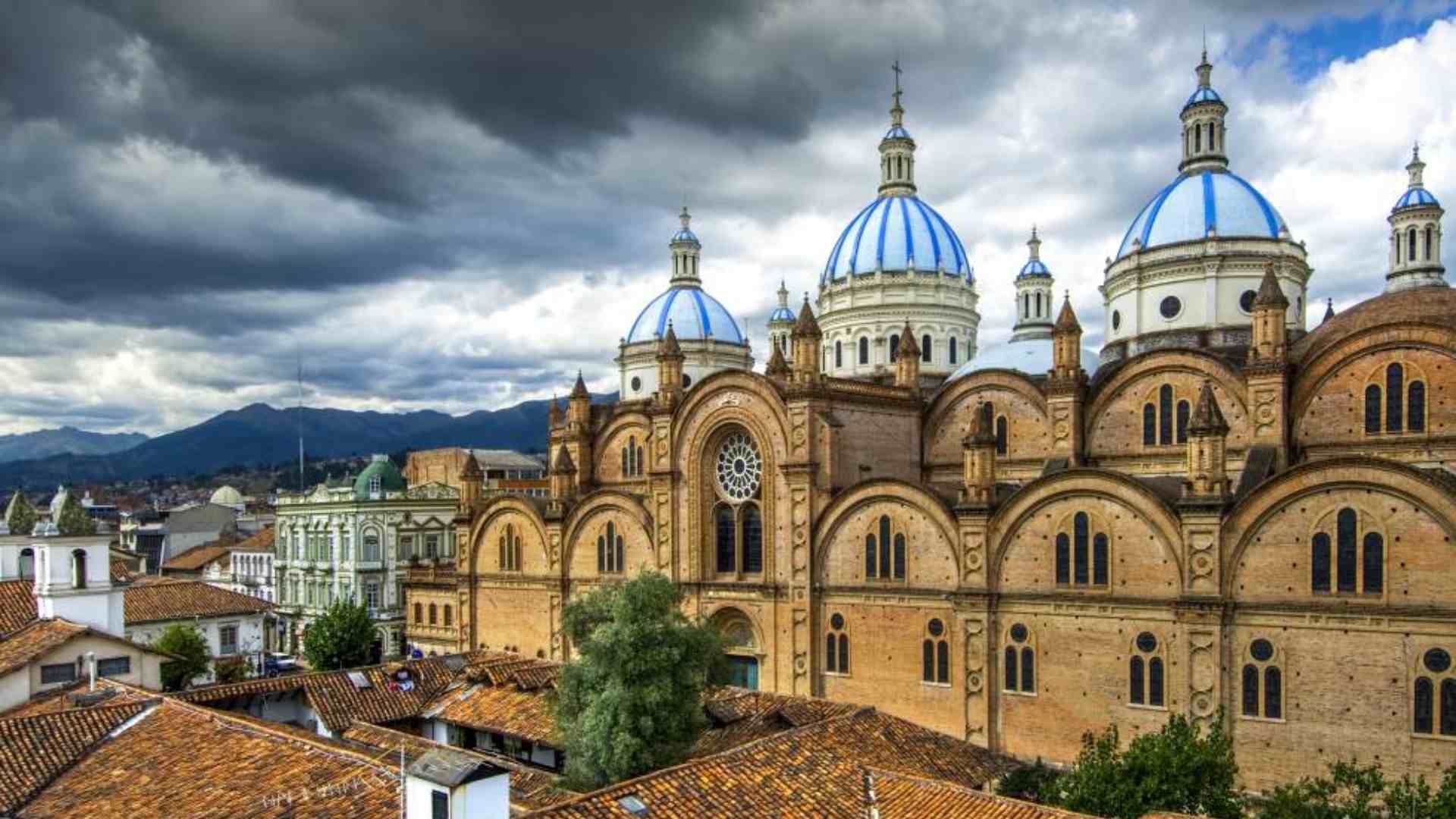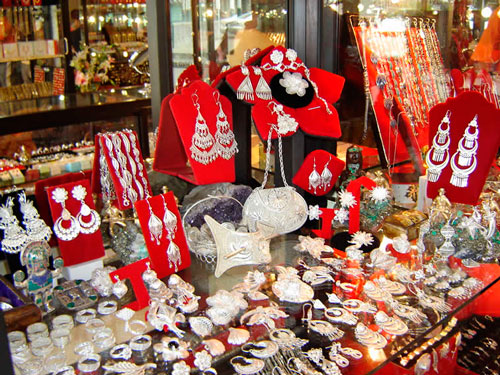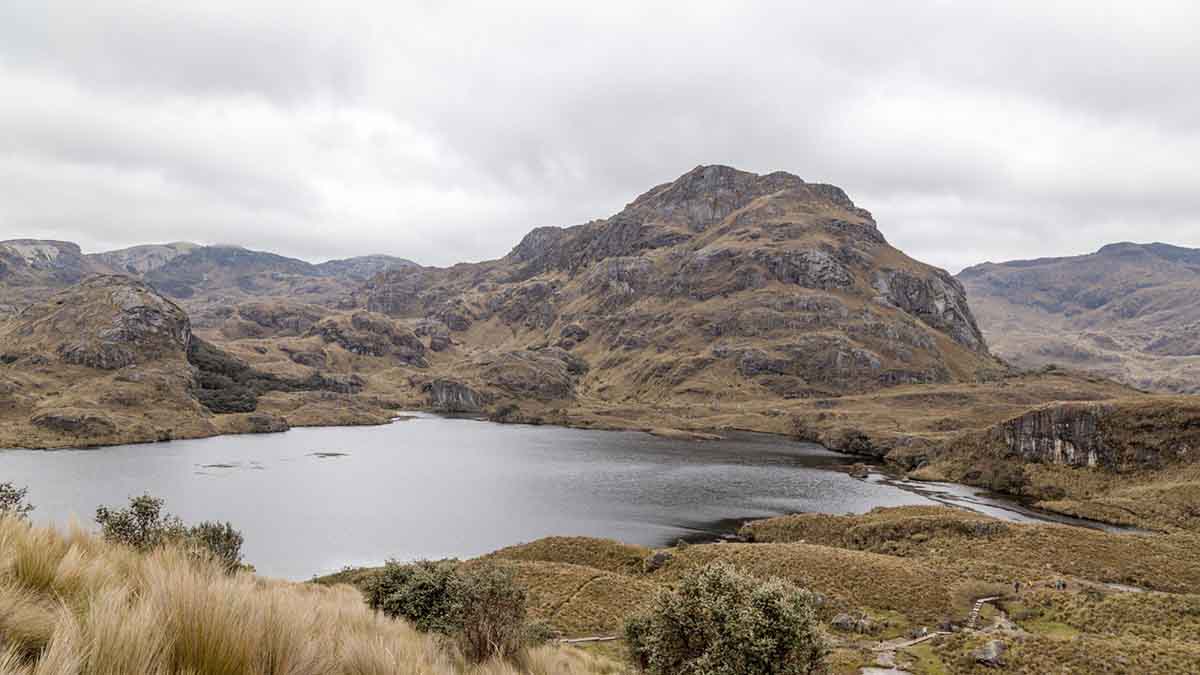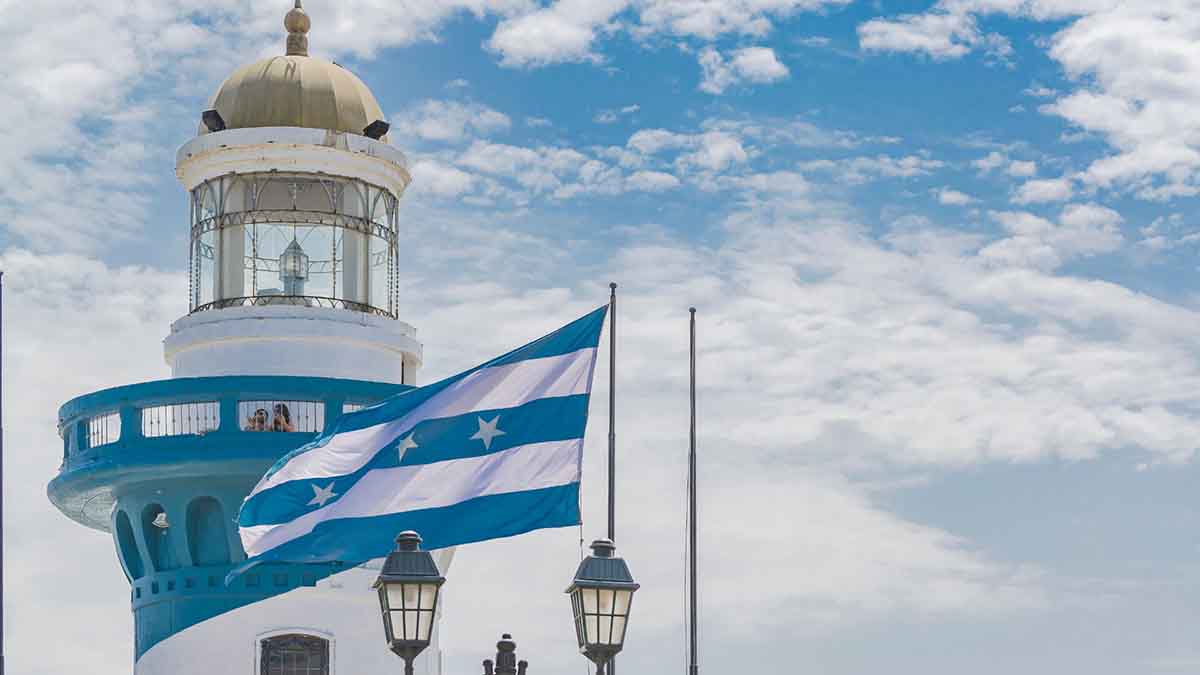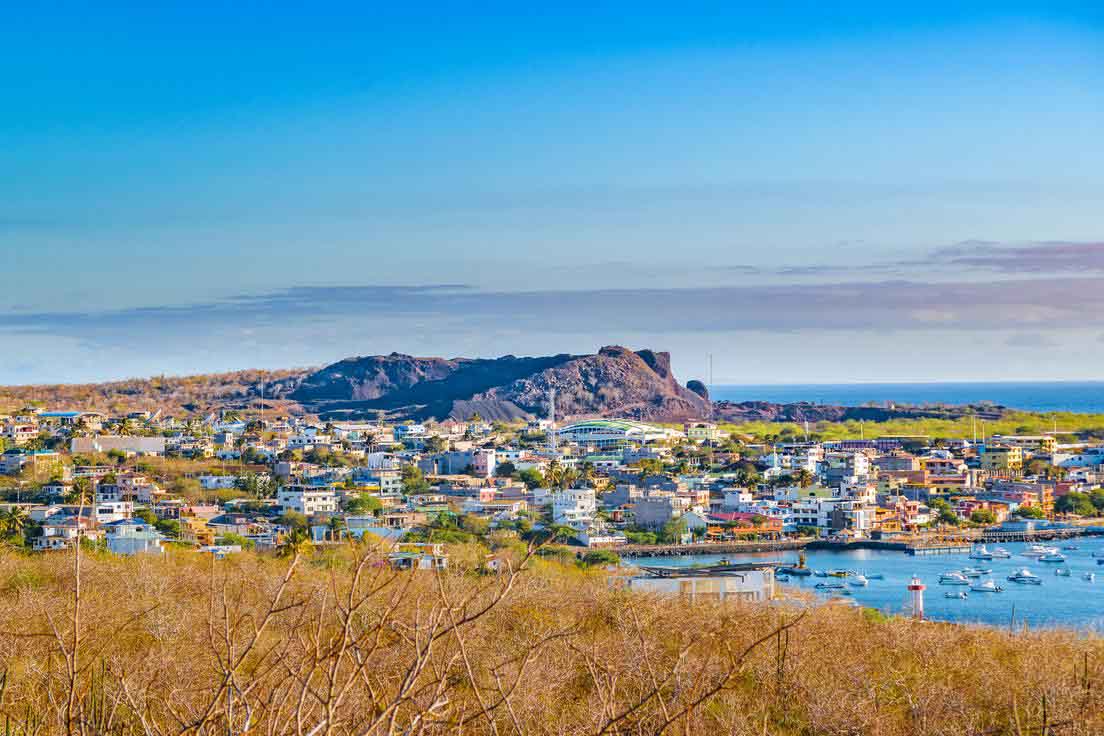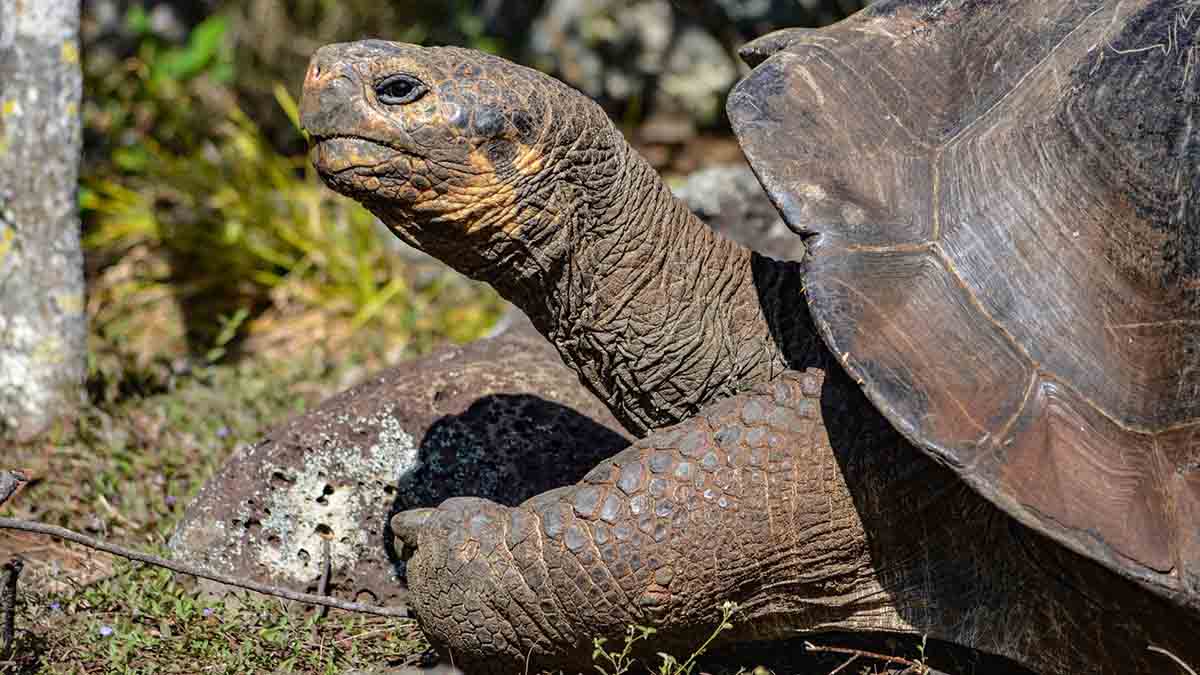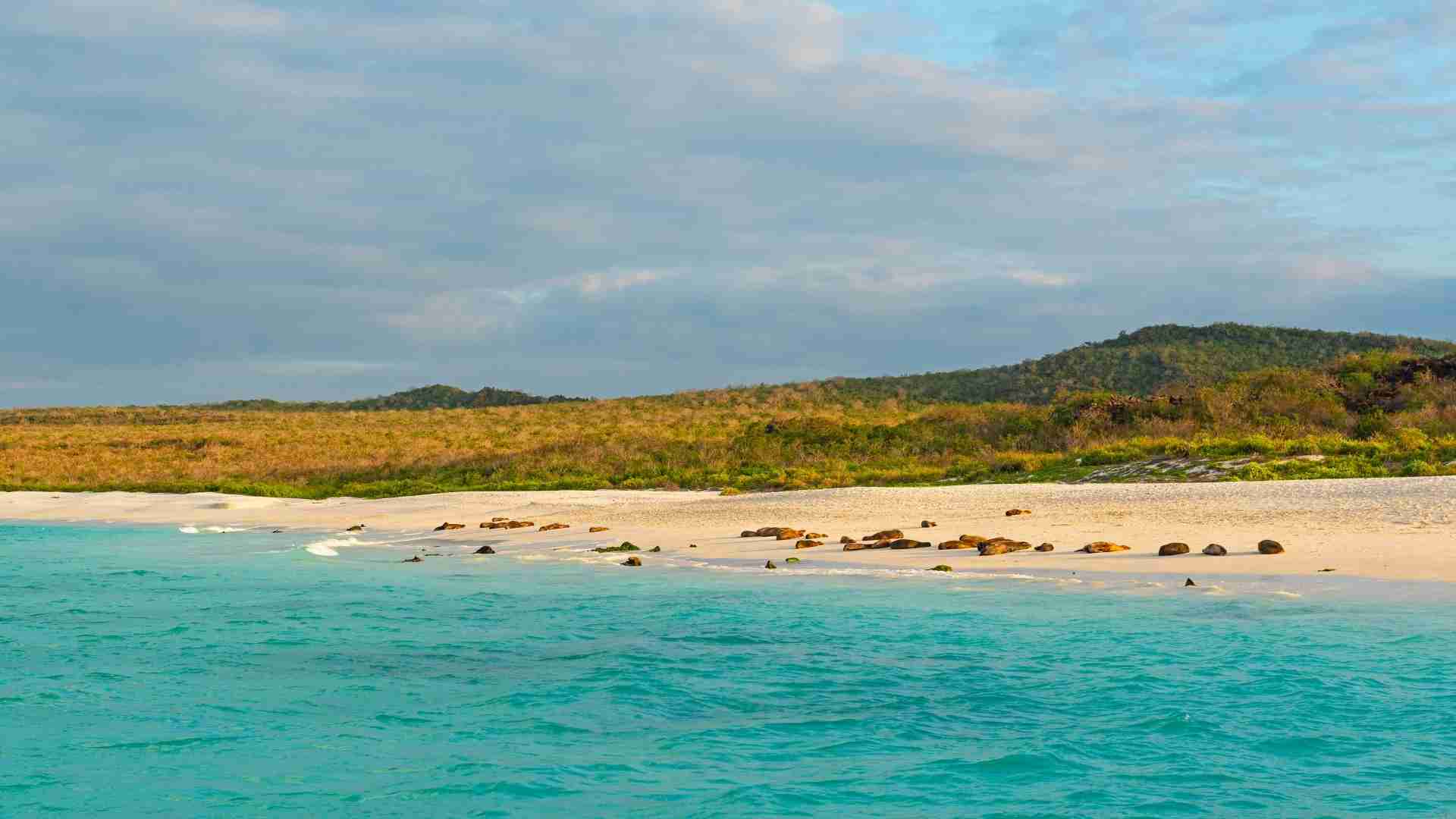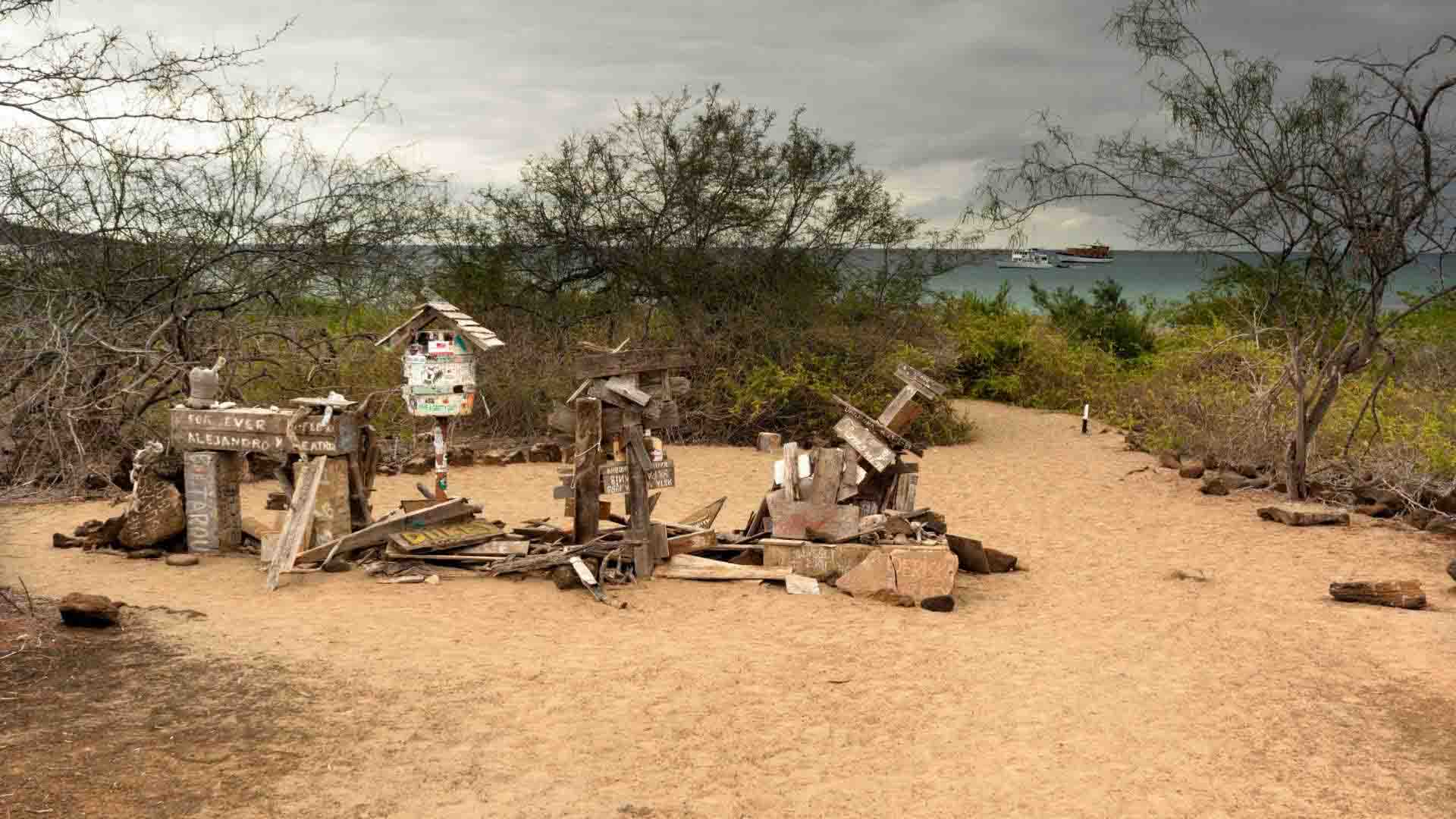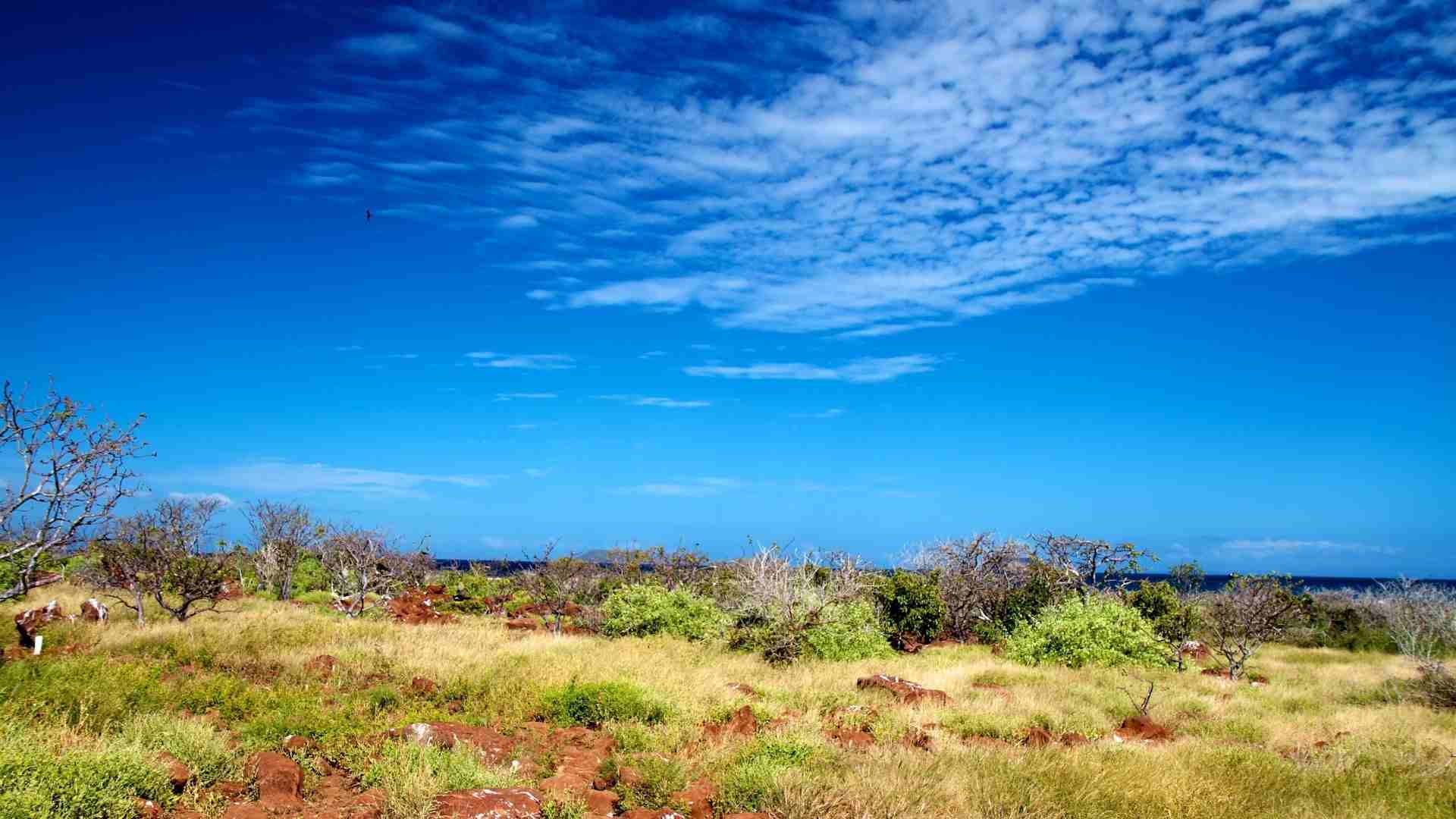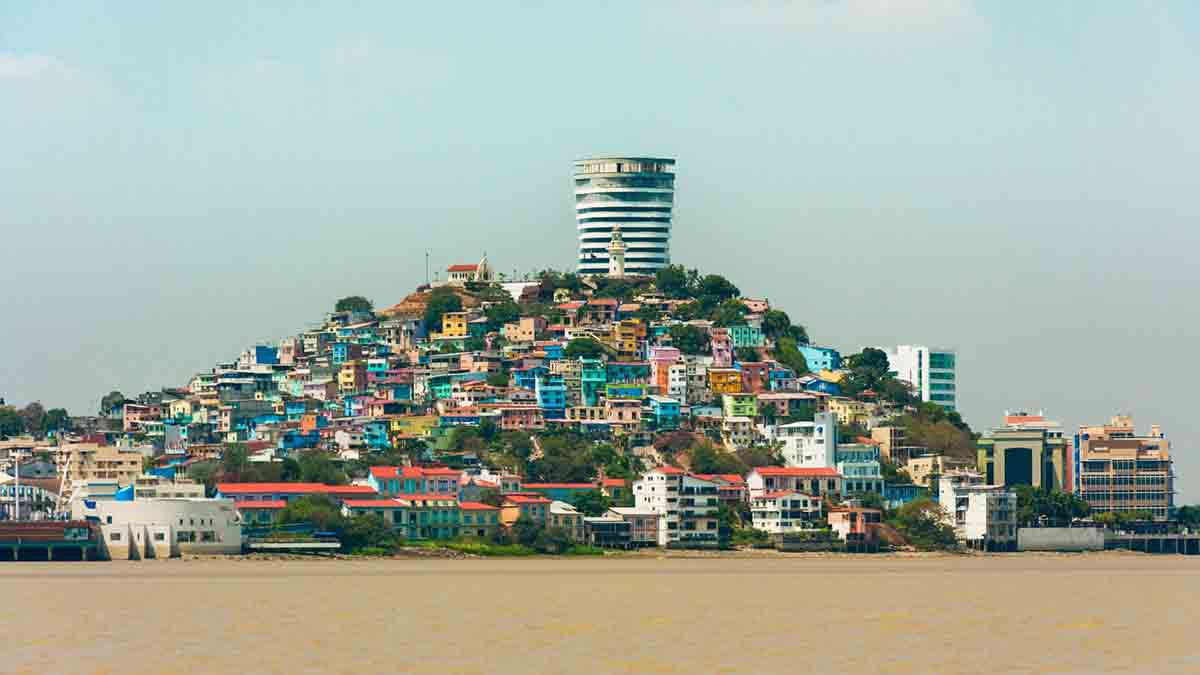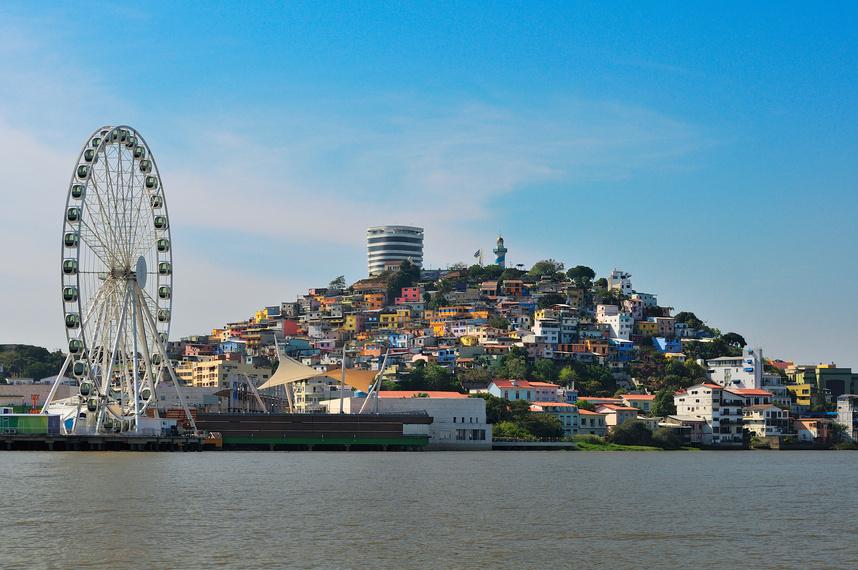Begin your tour in Quito, the second highest capital city in the world. Your guide will meet you at the airport and transfer you to your hotel. Enjoy a short orientation tour if time permits. Quito, with its well-preserved colonial architecture and vibrant culture, is a UNESCO World Heritage Site. Walk through its cobblestone streets and explore landmarks such as the Presidential Palace and the Metropolitan Cathedral, all surrounded by breathtaking views of the Andes. Soak up the unique atmosphere as you settle into this beautiful city.
Experience Ecuador Tour
This 16-day journey showcases the best of Ecuador’s diverse regions, including the Andean highlands, Amazon rainforest, and the Galapagos Islands. Highlights include visiting historical cities like Quito and Cuenca, exploring indigenous markets, immersing in Amazonian culture, and experiencing the unique wildlife of the Galapagos.
-
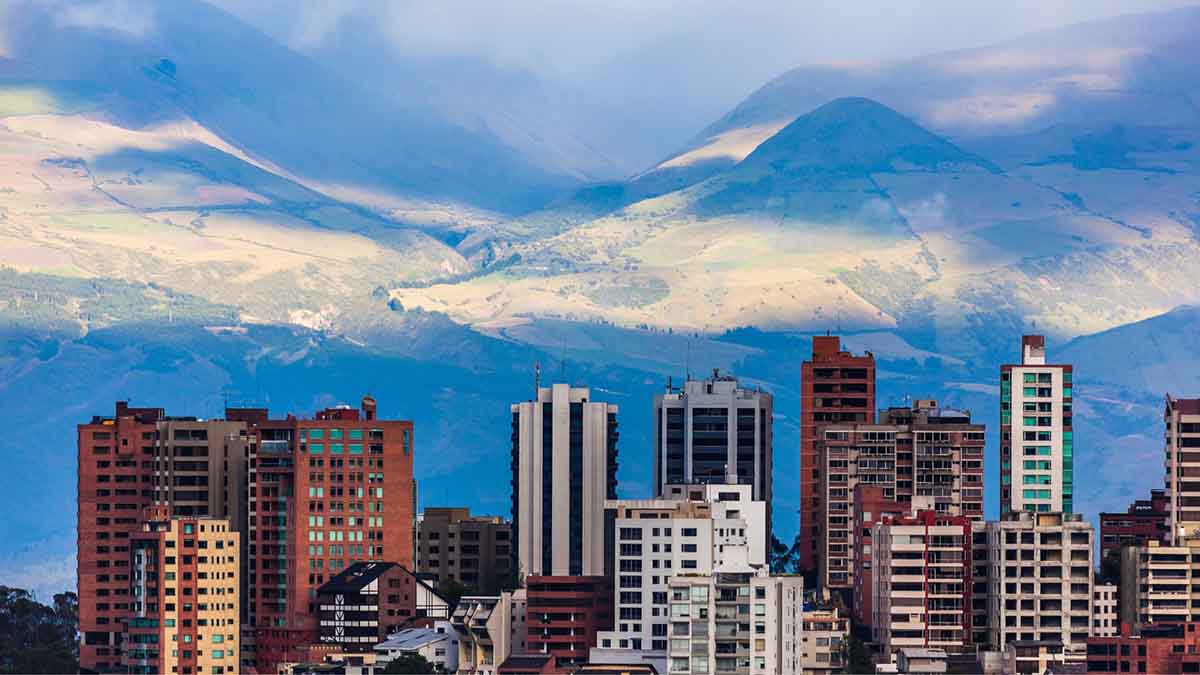
-
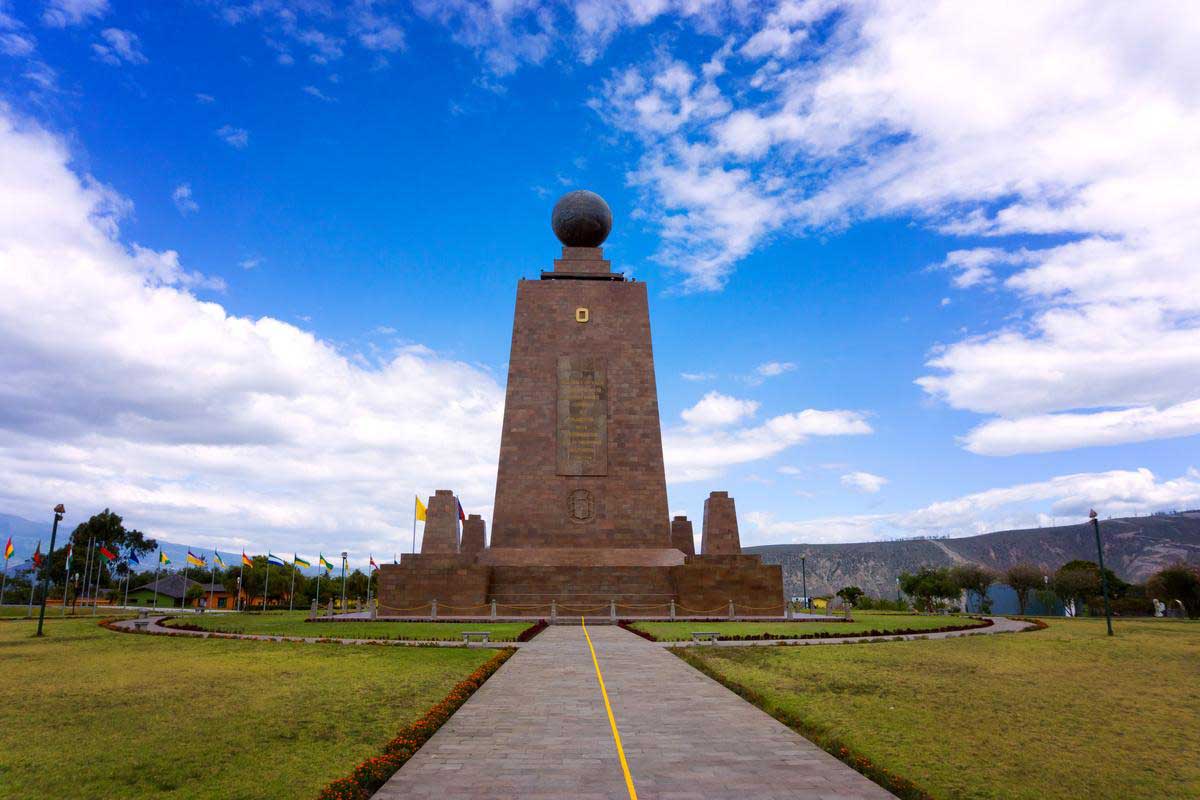
-
+ 16
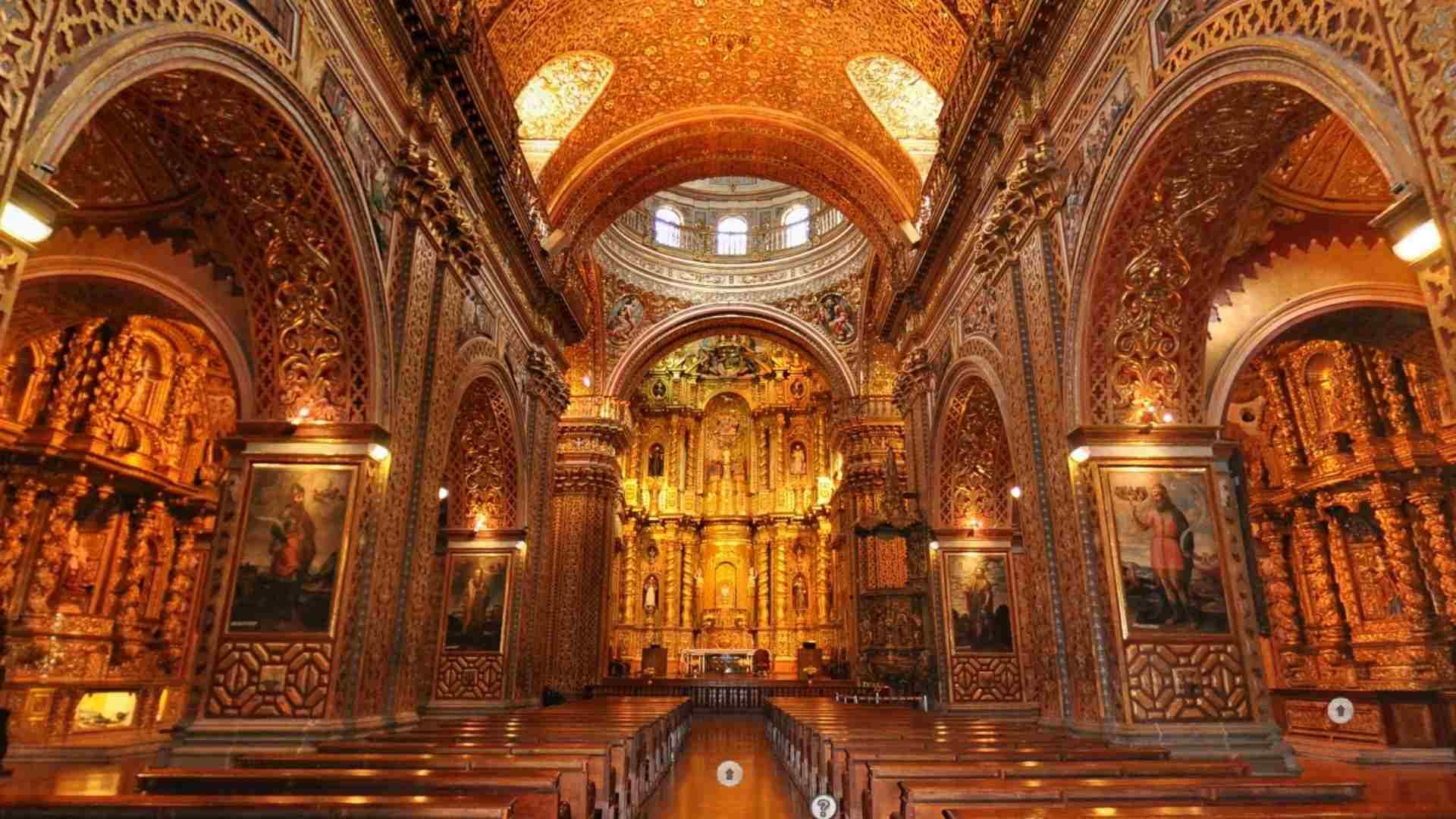
Highlights
- Explore Quito and Cuenca, both UNESCO World Heritage Sites.
- Experience the Amazon Rainforest with guided nature walks and cultural interactions.
- Discover the beauty of the Galapagos Islands with close encounters with wildlife.
Includes
- Accommodation in double rooms
- Indicaten Meals
- Private transportation
- Bilingual naturalist guide
- Scheduled Visits
- Entrance Fee
- Roundtrip flights (Guayaquil-Galapagos-Guayaquil)
Not Included
- Soft drinks and alcoholic beverages
- Personal expenses
- Tips
- Meals not described in the program
Itinerary
Day 1 : Arrive In Quito
Day 2 : Quito City & Equator Line Tour
Start the day exploring Quito’s historic center, one of the largest and best preserved colonial districts in Latin America. Visit iconic sites such as the Church of La Compañía and the Basilica del Voto Nacional. Meet local artisans and experience Quito’s cultural heritage firsthand. Continue to the Monument of the Equatorial Line, where you can stand on both hemispheres at the same time. Visit the Intiñan Museum to learn about Andean cosmology and the importance of the equator. Return to your hotel for a relaxing evening.
Day 3 : Papallacta Hot Springs & Jungle Lodge
Depart Quito for a scenic drive to Papallacta, known for its natural hot springs. Relax in the thermal waters surrounded by lush Andean scenery. Then continue to the Amazon basin, where you will stay at a jungle lodge. Explore the surrounding nature trails and encounter the diverse flora and fauna of this unique region. Learn about local traditions and enjoy an authentic Amazonian dinner at the lodge in the heart of the rainforest.
Day 4 : Amazon Culture & Wildlife Experience
Embark on a guided excursion into the jungle. Take a canoe ride along the Arajuno River, where you can observe a variety of birds and other wildlife. Visit a local indigenous community to learn about their customs and participate in traditional activities such as blowgun shooting and making chicha. Enjoy a jungle buffet of local delicacies prepared by the community. Return to the lodge for a relaxing evening.
Day 5 : Chocolate Tour & Relaxation
Learn about the history and production of cacao, one of Ecuador’s most prized crops, with a hands-on chocolate making experience. Taste freshly made chocolate while gaining insight into its cultural significance. Spend the rest of the day relaxing at the lodge, enjoying activities such as swimming, horseback riding, or simply relaxing in a hammock.
Day 6 : Baños Waterfalls & Riobamba
Travel to Baños, a charming town known for its many waterfalls and outdoor activities. Explore the famous Waterfalls Route, which includes the impressive Devil’s Cauldron. Enjoy scenic views of the active Tungurahua volcano. Later, travel to Riobamba for a unique dining experience featuring traditional Andean cuisine at a renowned local restaurant.
Day 7 : Guamote Market & Ingapirca Ruins
Visit the indigenous market in Guamote, where locals trade livestock and produce. Experience the vibrant atmosphere and traditional practices of this highland community. Afterwards, explore the Ingapirca Ruins, Ecuador’s most important archaeological site showcasing the Inca and Cañari cultures. The day ends with a transfer to Cuenca, known for its colonial charm.
Day 8 : Cuenca City Tour
Discover the highlights of Cuenca, a UNESCO World Heritage Site. Visit landmarks such as the New Cathedral and the Pumapungo Archaeological Park. Explore the Panama Hat Museum to learn about the history and production of this iconic accessory. Enjoy free time to walk the cobblestone streets and visit local artisan shops.
Day 9 : Artisan Villages Of Gualaceo & Chordeleg
Explore the nearby towns of Gualaceo and Chordeleg, famous for their traditional handicrafts. Visit workshops where artisans create intricate jewelry, textiles, and pottery. Return to Cuenca for a relaxing evening.
Day 10 : Cajas National Park & Guayaquil
Spend the morning hiking through Cajas National Park, famous for its high altitude lakes and diverse ecosystems. Continue to Guayaquil, Ecuador’s largest city. Enjoy a city tour, including a visit to Malecon 2000 and the historic Las Peñas neighborhood.
Day 11 - 15 : Galapagos Islands Cruise
Fly to the Galapagos Islands and embark on a multi-day cruise exploring islands such as San Cristobal, Española, and Floreana. Highlights include encounters with giant tortoises, sea lions, blue-footed boobies, and snorkeling with marine life. Visit iconic sites such as the Interpretation Center, Gardner Bay, and Post Office Bay.
Day 16 : Depart Guayaquil
After returning to the mainland, spend the morning at leisure in Guayaquil before your international departure, concluding this unforgettable journey through Ecuador.
Travel Tips
- Bring comfortable walking shoes, a rain jacket, and layers for varying weather conditions.
- Sunscreen and a hat are essential for high-altitude and coastal regions.
- Make sure to have cash on hand for local markets and small purchases.
Weather Preparedness
Expect cool temperatures in the highlands, warm and humid conditions in the Amazon, and mild coastal weather in the Galapagos.
Fitness Requirements
Moderate physical condition is required due to light hiking and high-altitude activities.
Accommodation
- Quito: Ikala Hotel or Similar
- Arajuno: Hakuna Matata Lodge
- Riobamba: Hacienda Abraspungo or Similar
- Cuenca: Mansión Santa Isabel or Similar
- Guayaquil: Unipark or Similar
FAQs
Ecuador can be visited year-round, but the dry season (June to September) offers clearer weather for outdoor activities.
It is recommended to consult your physician for advice on vaccinations such as yellow fever before visiting the Amazon region.
Yes, the Galapagos cruise is family-friendly, with activities like snorkeling and wildlife viewing that are enjoyable for all ages.
Program Hotels
Quito
- Illa Experience Hotel or Similar
Arajuno
- Hakuna Matata Lodge
Riobamba
- Hacienda Abraspungo or Similar
Cuenca
- Mansiòn Alcazar or Similar
Guayaquil
- Hotel del Parque or Similar
